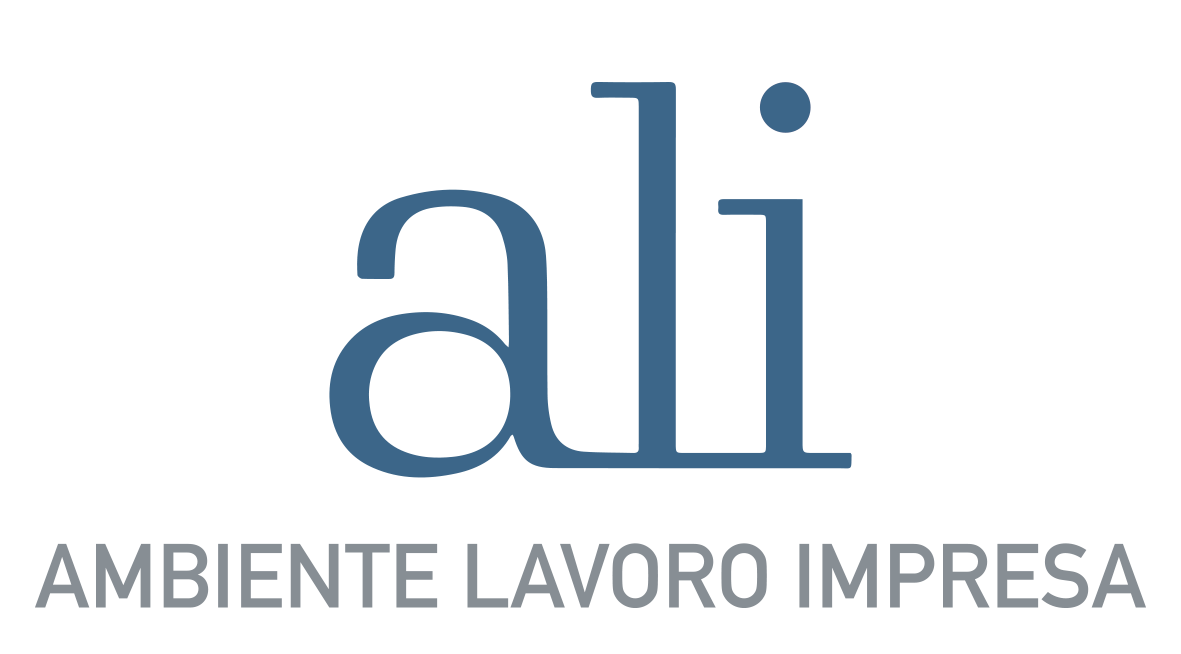Pubblicata la nuova ISO 45001:2018!
Sul nostro sito è disponibile la preview, un corso di formazione e il link al sito dell’ISO per l’acquisto.
Oggi 12/03/18 alle 8.40 sul sito dell’ISO (https://www.iso.org/standard/63787.html) è stata pubblicata la nuova norma ISO 45001. Per chi fosse interessato all’acquisto della ISO 45001 si precisa che è possibile effettuare il download della norma sui sistemi di gestione della salute e sicurezza sul lavoro al link sopra indicato.
Per saperne di più iscriviti al corso organizzato da ALI https://www.alisrl.it/corso/
Nel seguito una preview
La preview è disponibile dal sito dell’ISO.
ISO 45001:2018. Occupational health and safety management systems — Requirements with guidance for use
Introduction
0.1 Background
An organization is responsible for the occupational health and safety of workers and others who can be affected by its activities. This responsibility includes promoting and protecting their physical and mental health.
The adoption of an OH&S management system is intended to enable an organization to provide safe and healthy workplaces, prevent work-related injury and ill health, and continually improve its OH&S performance.
0.2 Aim of an OH&S management system
The purpose of an OH&S management system is to provide a framework for managing OH&S risks and opportunities. The aim and intended outcomes of the OH&S management system are to prevent work-related injury and ill health to workers and to provide safe and healthy workplaces; consequently, it is critically important for the organization to eliminate hazards and minimize OH&S risks by taking effective preventive and protective measures.
When these measures are applied by the organization through its OH&S management system, they improve its OH&S performance. An OH&S management system can be more effective and efficient when taking early action to address opportunities for improvement of OH&S performance.
Implementing an OH&S management system conforming to this document enables an organization to manage its OH&S risks and improve its OH&S performance. An OH&S management system can assist an organization to fulfil its legal requirements and other requirements.
0.3 Success factors
The implementation of an OH&S management system is a strategic and operational decision for an organization. The success of the OH&S management system depends on leadership, commitment and participation from all levels and functions of the organization.
The implementation and maintenance of an OH&S management system, its effectiveness and its ability to achieve its intended outcomes are dependent on a number of key factors, which can include:
-
a) top management leadership, commitment, responsibilities and accountability;
-
b) top management developing, leading and promoting a culture in the organization that supports the intended outcomes of the OH&S management system;
-
c) communication;
-
d) consultation and participation of workers, and, where they exist, workers’ representatives;
-
e) allocation of the necessary resources to maintain it;
-
f) OH&S policies, which are compatible with the overall strategic objectives and direction of the organization;
-
g) effective process(es) for identifying hazards, controlling OH&S risks and taking advantage of OH&S opportunities;
-
h) continual performance evaluation and monitoring of the OH&S management system to improve OH&S performance;
-
i) integration of the OH&S management system into the organization’s business processes;
-
j) OH&S objectives that align with the OH&S policy and take into account the organization’s hazards, OH&S risks and OH&S opportunities;
-
k) compliance with its legal requirements and other requirements.
Demonstration of successful implementation of this document can be used by an organization to give assurance to workers and other interested parties that an effective OH&S management system is in place. Adoption of this document, however, will not in itself guarantee prevention of work-related injury and ill health to workers, provision of safe and healthy workplaces and improved OH&S performance.
The level of detail, the complexity, the extent of documented information and the resources needed to ensure the success of an organization’s OH&S management system will depend on a number of factors, such as:
-
— the organization’s context (e.g. number of workers, size, geography, culture, legal requirements and other requirements);
-
— the scope of the organization’s OH&S management system;
-
— the nature of the organization’s activities and the related OH&S risks.
0.4 Plan-Do-Check-Act cycle
The OH&S management system approach applied in this document is founded on the concept of Plan-Do-Check-Act (PDCA).
The PDCA concept is an iterative process used by organizations to achieve continual improvement. It can be applied to a management system and to each of its individual elements, as follows:
-
a) Plan: determine and assess OH&S risks, OH&S opportunities and other risks and other opportunities, establish OH&S objectives and processes necessary to deliver results in accordance with the organization’s OH&S policy;
-
b) Do: implement the processes as planned;
-
c) Check: monitor and measure activities and processes with regard to the OH&S policy and OH&S objectives, and report the results;
-
d) Act: take actions to continually improve the OH&S performance to achieve the intended outcomes.
This document incorporates the PDCA concept into a new framework, as shown in Figure 1.
[rimossa]
0.5 Contents of this document
This document conforms to ISO’s requirements for management system standards. These requirements include a high level structure, identical core text and common terms with core definitions, designed to benefit users implementing multiple ISO management system standards.
This document does not include requirements specific to other subjects, such as those for quality, social responsibility, environmental, security or financial management, though its elements can be aligned or integrated with those of other management systems.
This document contains requirements that can be used by an organization to implement an OH&S management system and to assess conformity. An organization that wishes to demonstrate conformity to this document can do so by:
-
— making a self-determination and self-declaration, or
-
— seeking confirmation of its conformity by parties having an interest in the organization, such as customers, or
-
— seeking confirmation of its self-declaration by a party external to the organization, or
-
— seeking certification/registration of its OH&S management system by an external organization.
Clauses 1 to 3 in this document set out the scope, normative references and terms and definitions which apply to the use of this document, while Clauses 4 to 10 contain the requirements to be used to assess conformity to this document. Annex A provides informative explanations to these requirements. The terms and definitions in Clause 3 are arranged in conceptual order, with an alphabetical index provided at the end of this document.
In this document, the following verbal forms are used:
-
a) “shall” indicates a requirement;
-
b) “should” indicates a recommendation;
-
c) “may” indicates a permission;
-
d) “can” indicates a possibility or a capability.
Information marked as “NOTE” is for guidance in understanding or clarifying the associated requirement. “Notes to entry” used in Clause 3 provide additional information that supplements the terminological data and can contain provisions relating to the use of a term.
Continua la lettura su…


